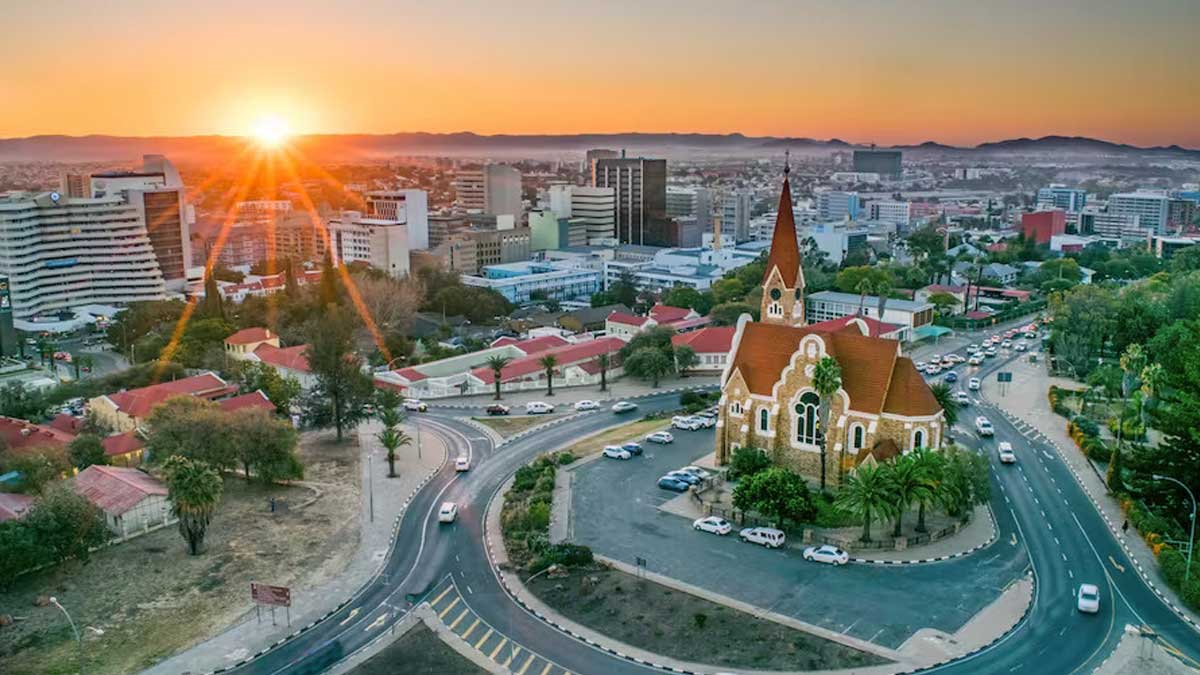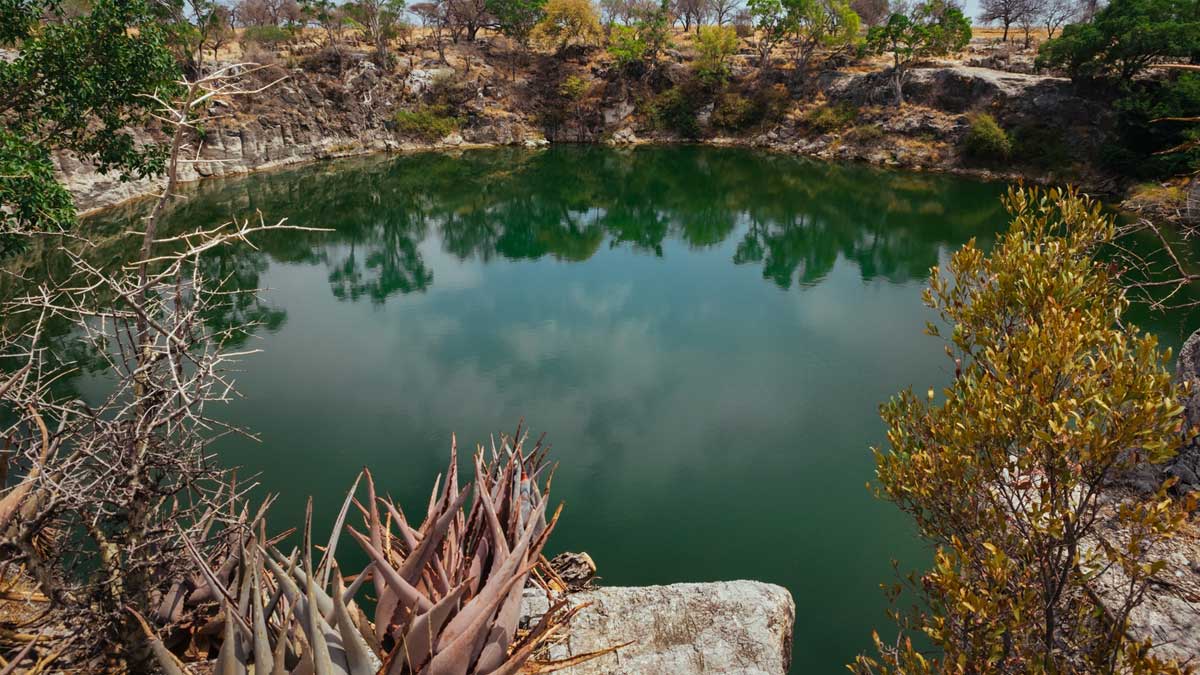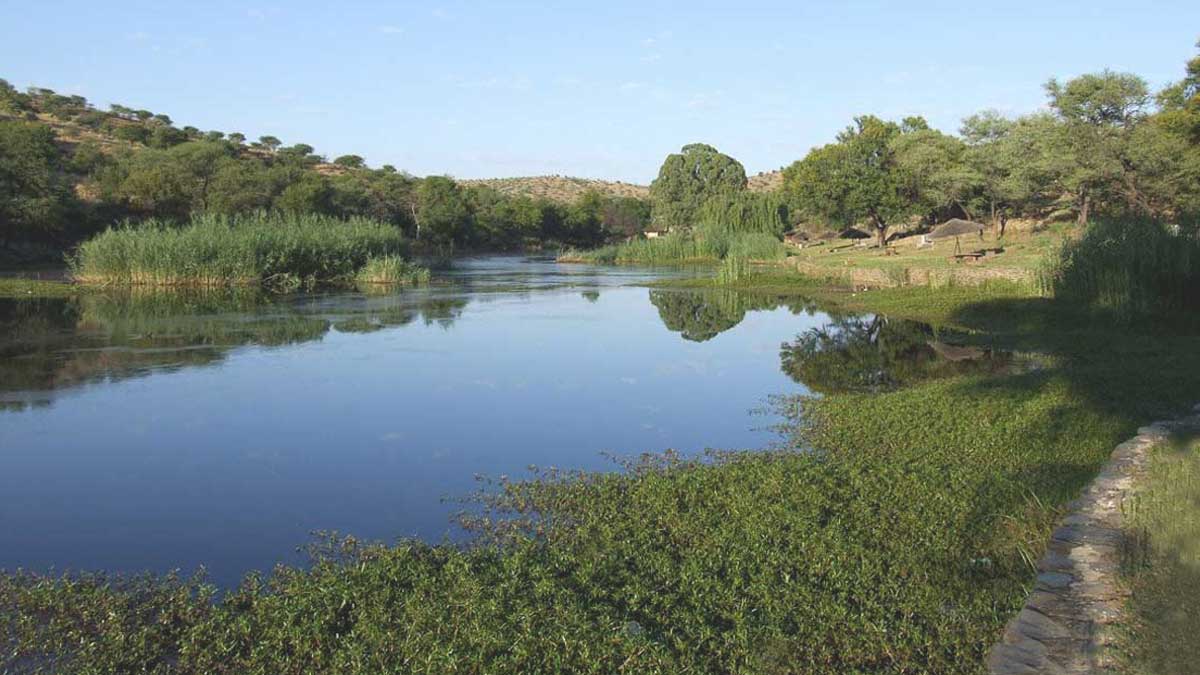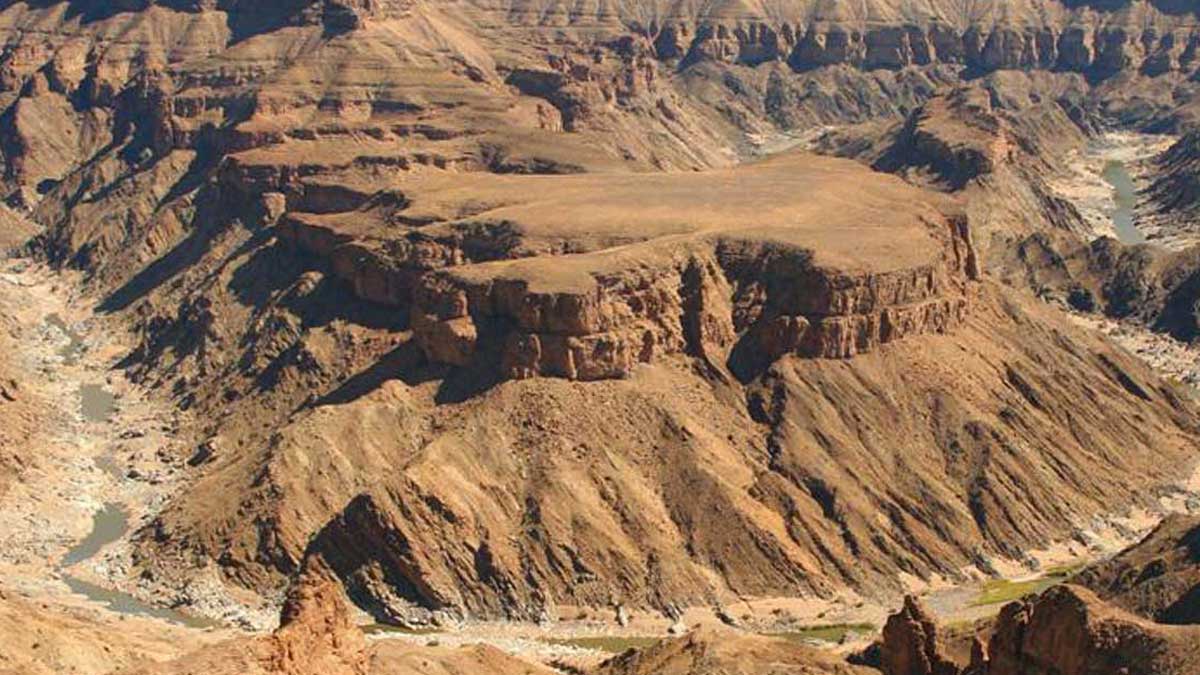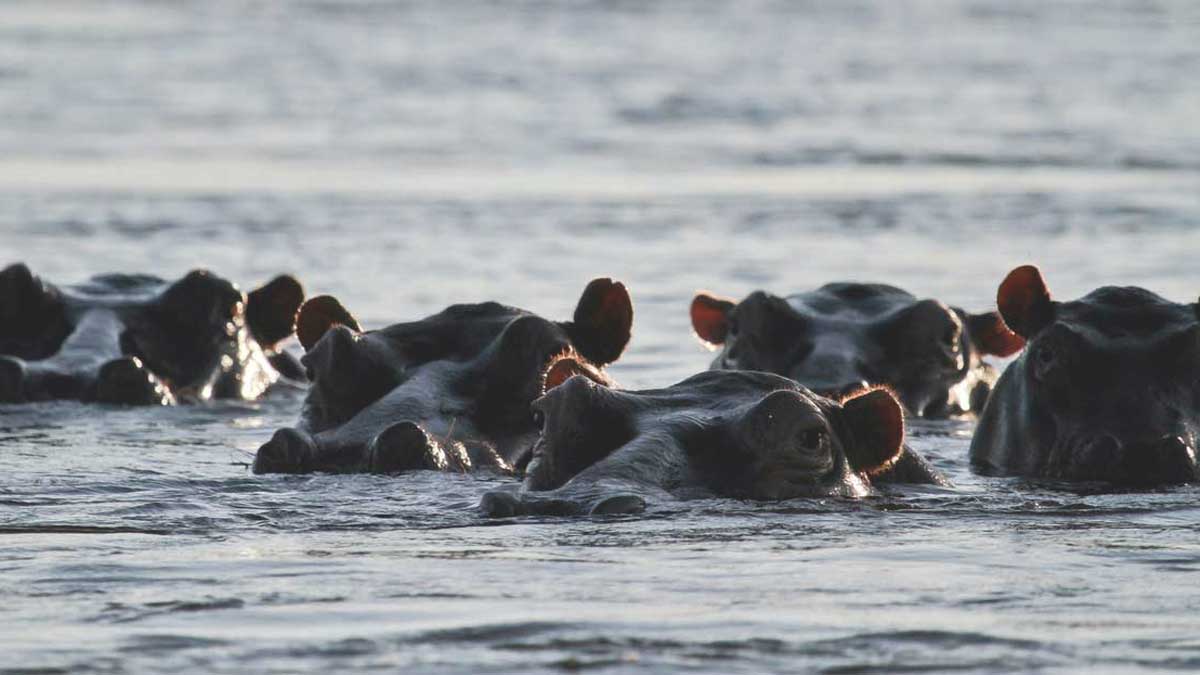In Namibia malaria transmission occurs only in certain areas of the country - [Malaria Map]
It's essential to assess the malaria risk in Namibia and take appropriate measures to prevent malaria infection. Here is a general malaria risk assessment for Namibia:
- Malaria Transmission Areas: Malaria transmission in Namibia is primarily concentrated in the northern regions, including the Zambezi, Kavango East, Kavango West, Ohangwena, Omusati, Oshana, Oshikoto, and Oshikango regions. These areas have a higher prevalence of malaria-carrying mosquitoes.
- Seasonal Variation: Malaria transmission in Namibia is generally highest during the rainy season, which typically occurs from November to April. During this period, mosquito populations increase, increasing the risk of malaria transmission.
- High-Risk Groups: Certain population groups, such as young children, pregnant women, and individuals with weakened immune systems, are at higher risk of severe complications if they contract malaria. Special precautions should be taken to protect these vulnerable groups.
Malaria Prevention Measures: To minimize the risk of malaria infection, the following prevention measures are recommended:
a. Antimalarial Medications: Consult with a healthcare professional or travel health clinic before your trip to obtain the appropriate antimalarial medications. They can provide guidance on the most suitable medication based on your travel plans, medical history, and the specific malaria risk in the areas you will be visiting.
b. Insect Bite Prevention: Use insect repellents containing DEET on exposed skin and clothing to repel mosquitoes. Wear long-sleeved shirts, long pants, and closed shoes, especially during dusk and dawn when mosquitoes are most active. Use bed nets treated with insecticide to sleep under, particularly if you are staying in accommodations without proper screens or air conditioning.
c. Environmental Measures: Take measures to reduce mosquito breeding sites and prevent mosquito bites around your accommodation. This includes removing standing water, ensuring proper screens on doors and windows, and using air conditioning or fans if available.
d. Awareness and Education: Educate yourself about malaria symptoms and seek medical attention promptly if you experience any flu-like symptoms, such as fever, chills, headache, muscle aches, or fatigue, both during your trip and after returning home.
- Consultation with Healthcare Professionals: It is highly recommended to consult with a healthcare professional or travel health clinic before traveling to Namibia. They will provide personalized advice based on your specific health status, travel plans, and the most up-to-date malaria information.
Please note that this is a general assessment, and the malaria risk may vary within specific regions and over time. It's crucial to stay informed about the current malaria situation in Namibia and follow the advice of healthcare professionals or travel authorities.
By Worry O.













